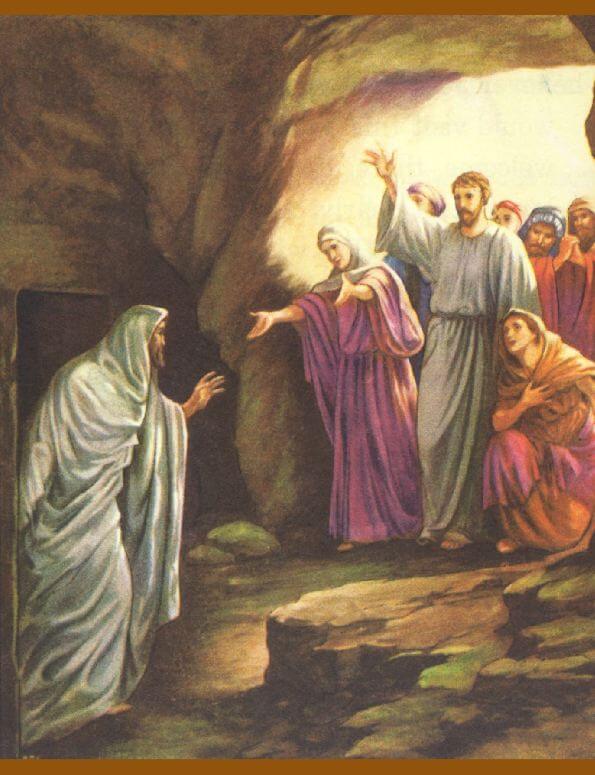

The presumption is that Jesus is a messianic hero who will restore the Kingdom of Israel.

The people in the synagogue who heard all this, saw themselves as God’s chosen people, they were truly “favored,” a people set apart to be holy. Soon after, he declares, “Today this scripture is fulfilled in your hearing” (v.21). He has sent me to proclaim freedom for the prisoners and recovery of sight for the blind, to release the oppressed, to proclaim the year of the Lord’s favor’” (Luke 4:17-19). ‘The spirit of the Lord is upon me, because he has anointed me to preach good news to the poor. Unrolling it, he found the place where it is written: 3 Isaiah 61:1-2. There we read that, “the scroll of the prophet Isaiah was handed to him. Jesus returned to Galilee and went into the synagogue to preach. Green, The Gospel of Luke, NICNT (Grand Rapids, MI: Wm. After this period of fasting and praying Jesus was a man “anointed and empowered with the Spirit” (vv.14-15). This was a period of time where Jesus was preparing for his ministry and aligning himself with the purposes and desires of the Spirit.

1 Unless otherwise noted, all biblical passages referenced are in the New International Version (Grand Rapids, MI: Zondervan Publishing House, 1984). Luke 4:1-13 narrates for us what happened when Jesus “was led by the Spirit in the desert, where for forty days he was tempted by the devil” (vv.1-2). If this is not considered as an important contextual clue, the parable will be read as a one-dimensional story and its message will be effectually silenced. As we will see, it was a kingdom that challenged common ethics and eschatological expectations. Jesus inaugurated a kingdom that was controversial for his contemporaries, especially the religious leaders of his day. One cannot fully grasp the deeper meaning of the parable if the Kingdom of God is not used as one of the interpretive lenses or kept as foundational. Also, the parabolic genre of this story will be considered against the background of extra-biblical parallels of Jesus’ time, which will further reveal its authorial intent.

This will be shown by analyzing the context of the story within the gospel of Luke, as well as the cultural and sociological context. Jesus told this story as a condemnation against the Pharisees, after a prolonged controversy with them regarding the rich and poor. Upon closer examination, these assumptions prove to be lacking and evidence pulls us in another direction. John clearly saw the Lazarus event as the last great deed Jesus performed as proof of his divinity before his arrest and crucifixion.The story of Lazarus and the Rich Man (Luke 16:19–31) is often one of the first to be mentioned as giving explicit details on the nature and geography of hell. However, Luke’s account of this event is much briefer than John’s Lazarus story, and it happens much earlier in Jesus’ life. In Luke 7:14-15, Jesus raises the dead son of a widow, with the wording of Luke (‘And he that was dead sat up’) being echoed by John’s ‘And he that was dead came forth’. Whatever the truth of it, there are examples elsewhere in the Gospels of Jesus raising the dead. It’s possible (as the authors of the Dictionary of the Bible suggest) that John is expanding the parable of the rich man and Lazarus from Luke’s gospel (in which Lazarus, the humble beggar, goes to heaven but the rich man does not). But only John mentions the story of Jesus raising Lazarus (the other one) from the dead. Luke (chapter 16) tells of Jesus’ parable of the rich man and Lazarus, but this Lazarus (a beggar) isn’t the one whom Jesus raised from the dead. They appear to have been different people.


 0 kommentar(er)
0 kommentar(er)
